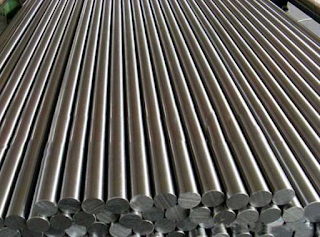WHAT IS THE BEST MATERIAL FOR HYDRAULIC CYLINDER TUBE AND ROD

An important factor that when manufacturing hydraulic cylinder tube and rod ,the quality of steel materials. Datong Hydraulic work with the best materials for durable, high performance hydraulic cylinder tube and rod. Ideal properties for hydraulic cylinder materials include resistance to wear and corrosion, light weight, machinability, and low cost. Here are some of the most commonly used materials: STAINLESS STEEL TYPE 304 Type 304 Stainless is one of the most widely used materials in hydraulic cylinder barrel and piston rod. Type 304 Steel is not only resistant to corrosion but is also easily available and environmentally friendly. Stainless steel 304 is durable in acidic environments and does not wear easily. TITANIUM ALLOY GRADE When used to manufacture hydraulic cylinders, titanium grade provides corrosion resistance and impeccable strength. It is also easy to machine or form, and is relatively lightweight for its strength - one of the best properties to look for in a
